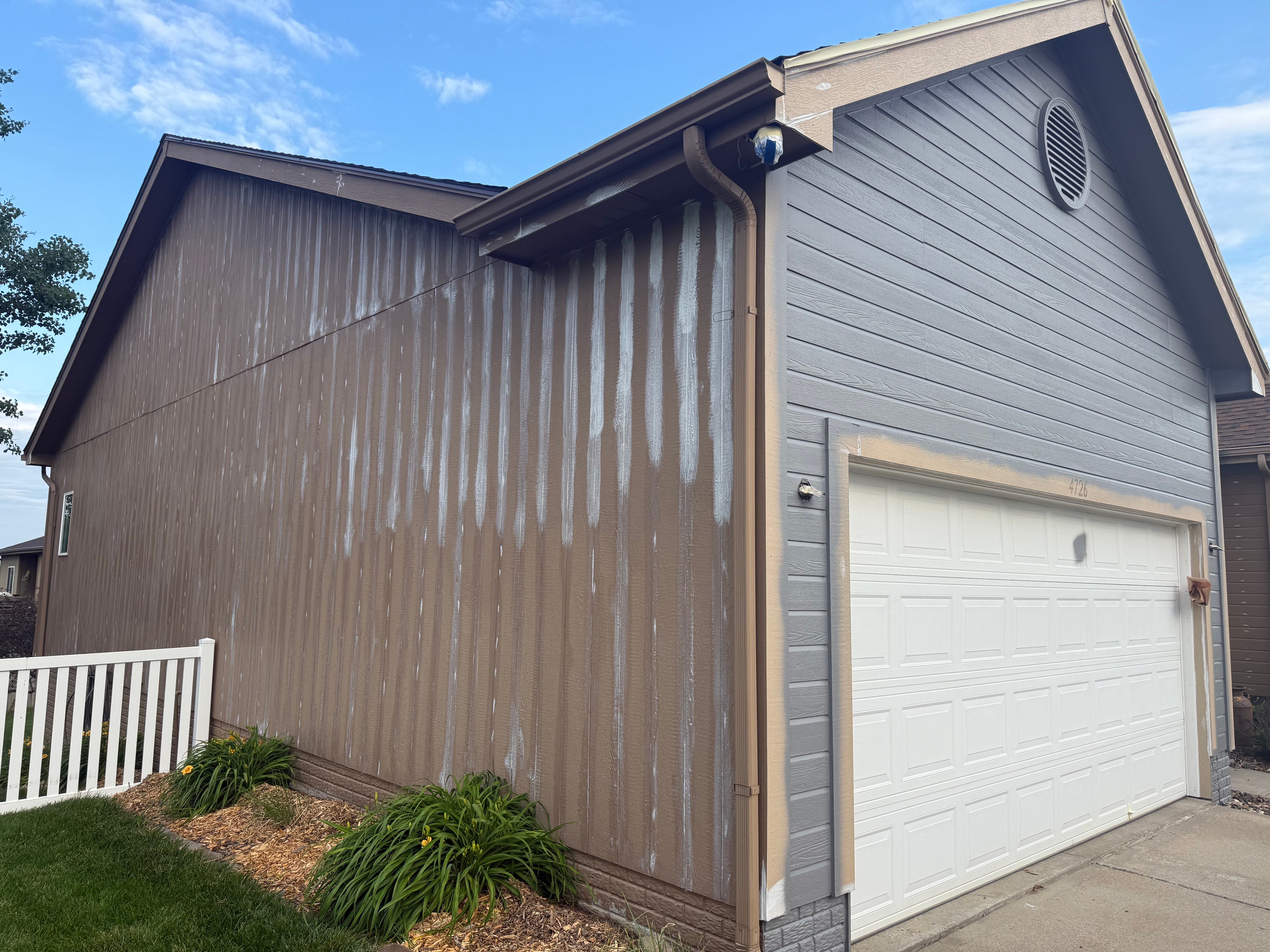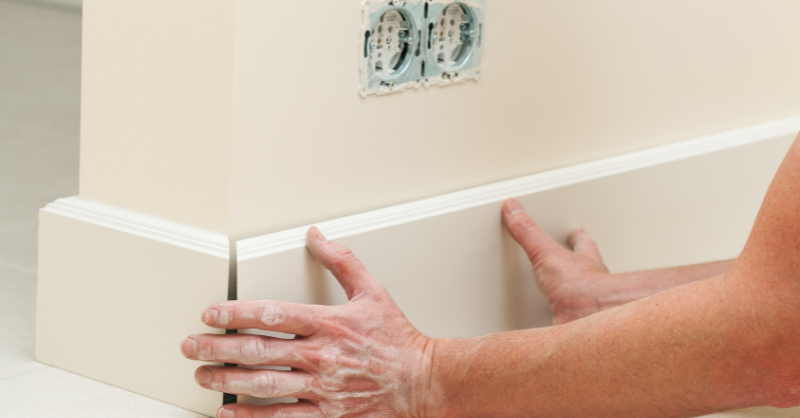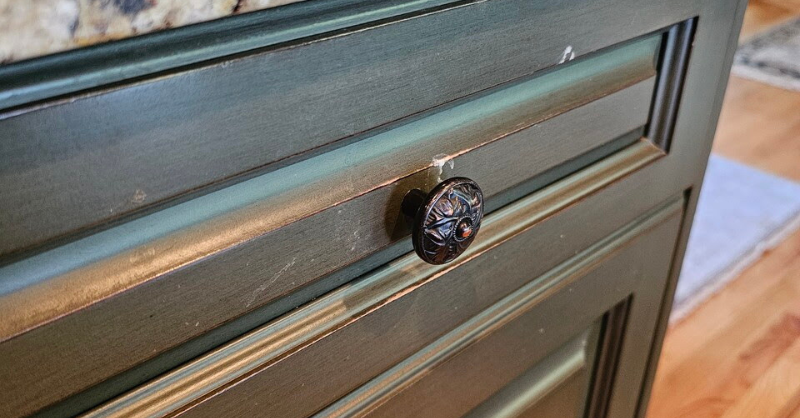Furniture Refinishing In Omaha, NE: 5 Mistakes To Avoid
October 7th, 2019
2 min read
By Bill Carlson

If you have a piece of furniture or woodwork that is looking a little old and out style, refinishing it might give it a quick lease of life that it desperately needs. While the basic process of refinishing and staining wood is rather simple, there is still plenty of room for mistakes.
Depending on the size and complexity of the project you’re working on, these mistakes can be costly, annoying, or even hazardous. In this article, we will discuss five common mistakes that homeowners in Omaha, NE, make when refinishing furniture and woodwork.
1. Ignoring The Repairs
If you’re working with older furniture, chances are it has some repair issues that need attention. That could be as simple as a missing chip at the corner or a little more complicated issues like loose joints. Before you begin refinishing, check for any repairs that need to be made to the surface. Do this before sanding and staining. That will ensure a better finish.
2. Not Sanding Properly
Many times sanding would be your first step if your furniture is in good physical condition. Sanding makes the surface smooth and removes older finish for better results. You should be able to run your hands over the surface without feeling any splinters or rough patches once you’re done with sanding.
If the piece you’re working with was previously painted, you might want to start by stripping off the paint using paint strippers before sanding. Use an electrical sander on large surfaces and a hand sander on the narrow edges and corners.
3. Not Cleaning The Furniture Properly
Once the paint stripping and sanding has been completed, most DIY refinishing enthusiasts only wipe the piece of furniture casually and move to the next step. That usually results in poor paint adherence and stain absorption, and often an unflattering finish. Before you go on to stain or paint your furniture, clean it thoroughly.
Dust the furniture to get rid of the sanding residue. You can find many different cleaning products to help you do this. Once the dust is gone, use a damp cloth dipped in soapy water to wipe down all the surfaces. Next, rinse the cloth in clean plain water and wipe the furniture once more. Allow the furniture to dry completely before painting or staining.
4. Not Waiting For the Paint or Stain to Dry
Most furniture refinishing projects require one coat of the paint or stain. However, if you’re dealing with an older piece, porous wood, or you’re transitioning from a light-colored to a dark-colored finish, you might need two coats.
Staining is usually the most recommended way to refinish your wood if it’s still in good physical condition. Paint, on the other hand, might be the best option for a previously painted piece or an older piece with lots of surface imperfection.
Whichever the case, always wait for the first coat of the applied finish to dry completely before applying the second one. Otherwise, you might end up with a blotchy surface and other imperfections.
5. Applying Too Thick a Coat
When you are applying a stain or paint, resist the temptation to put a lot of it all at once. Doing so usually results in an uneven and unattractive finish; it doesn’t save you time. Instead, apply the first coat, wait for it dry before applying the second one. If you’re not sure how long you should wait, consult the product label on the can.
The Bottom Line
DIY furniture refinishing can give you a sense of accomplishment when done right. However, a single mistake can turn the project into frustration, more costs, and even injury, especially if you don’t have the right skills and tools.
If you would rather hire a professional to help you with wood and furniture refinishing in Omaha, NE, our team at Brush & Roll Painting can help. To get started with us, book a FREE estimate below or call us on 402-932-9764 for more details.
Bill is the owner and operator of Brush & Roll Painting. Bill Carlson is a second-generation painter. He grew up working with his father’s painting and restoration company. After graduating from Bennington High School, he served in the US Navy, traveling with the boxing team. While this was a great opportunity to see the world, it also made him realize how much he loved his little world here in Nebraska. He settled back into the painting industry, working with his brother. It wasn’t long before Bill’s entrepreneurial spirit pushed him to start his own business. Always one for a challenge, he longed to prove to himself that he could be as successful on his own as both his dad and brother were.
Topics:










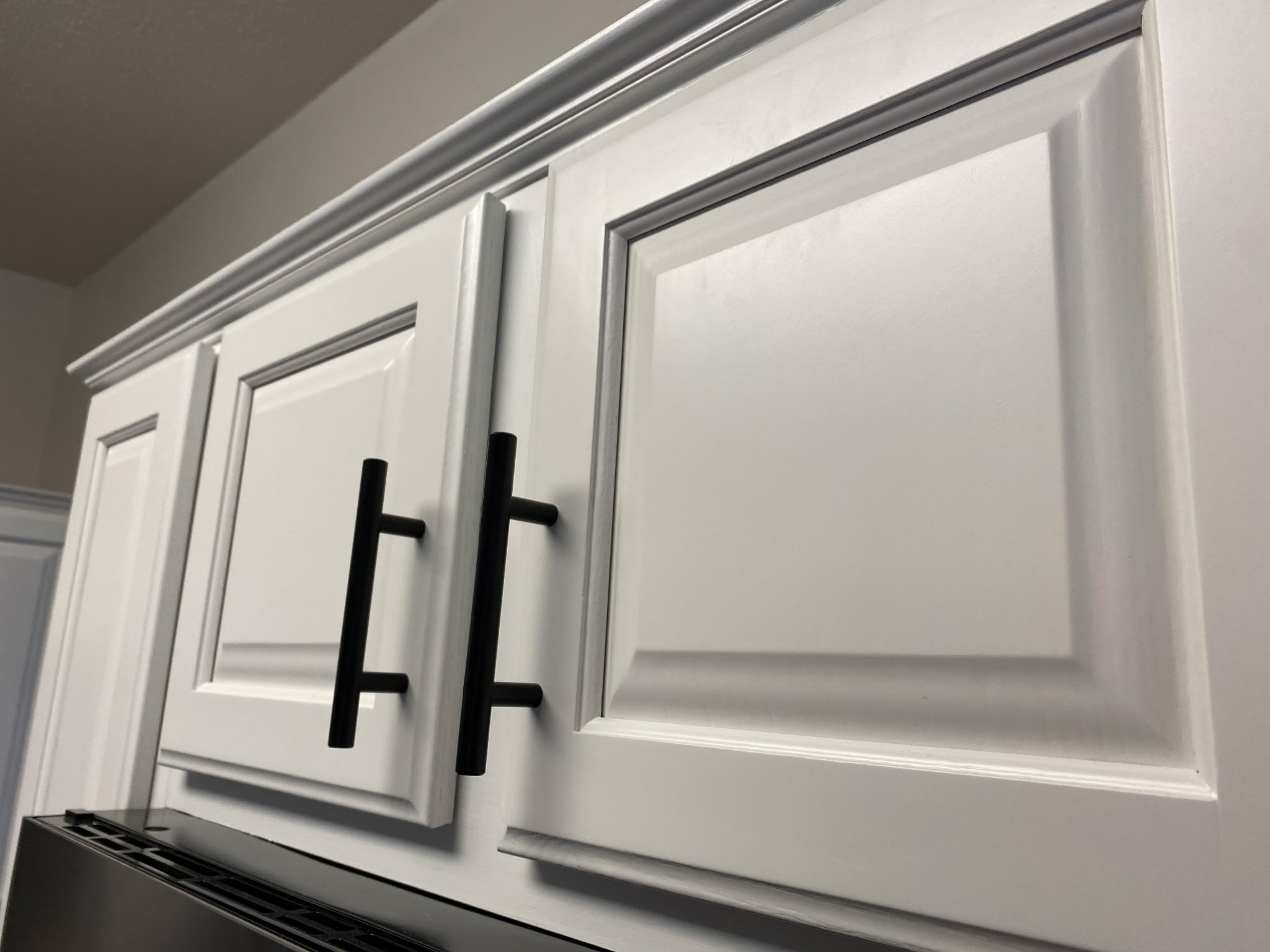

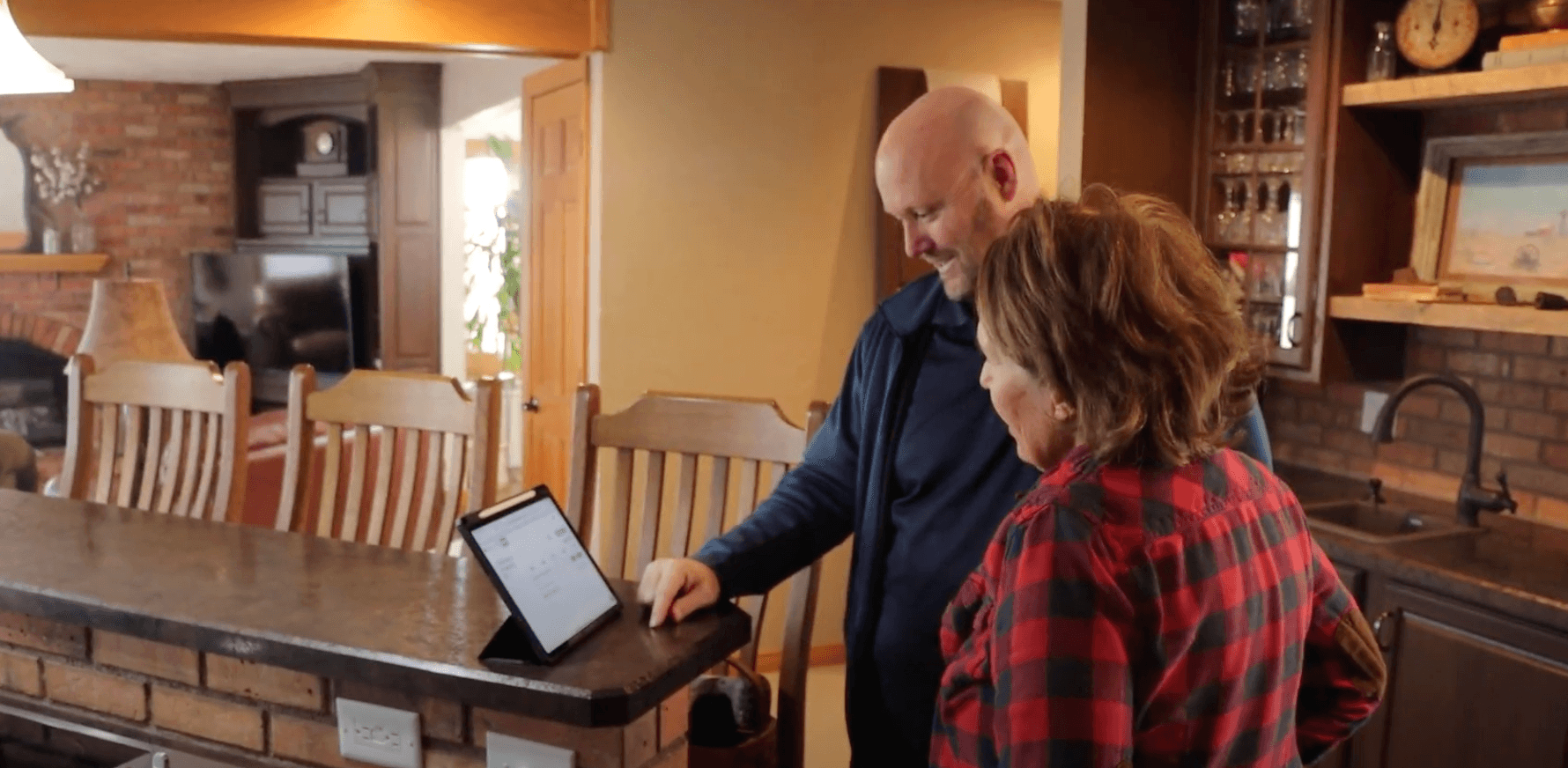

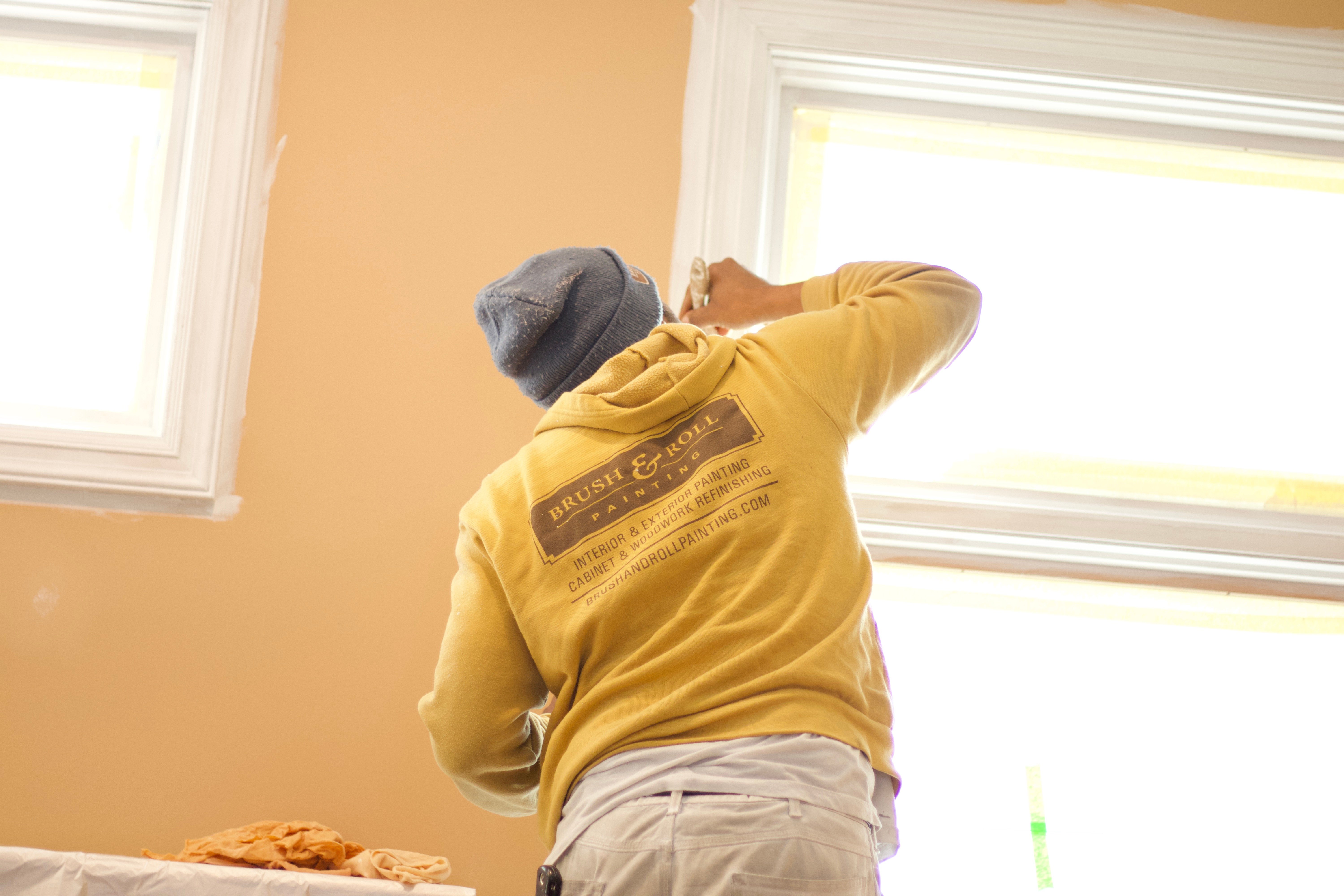
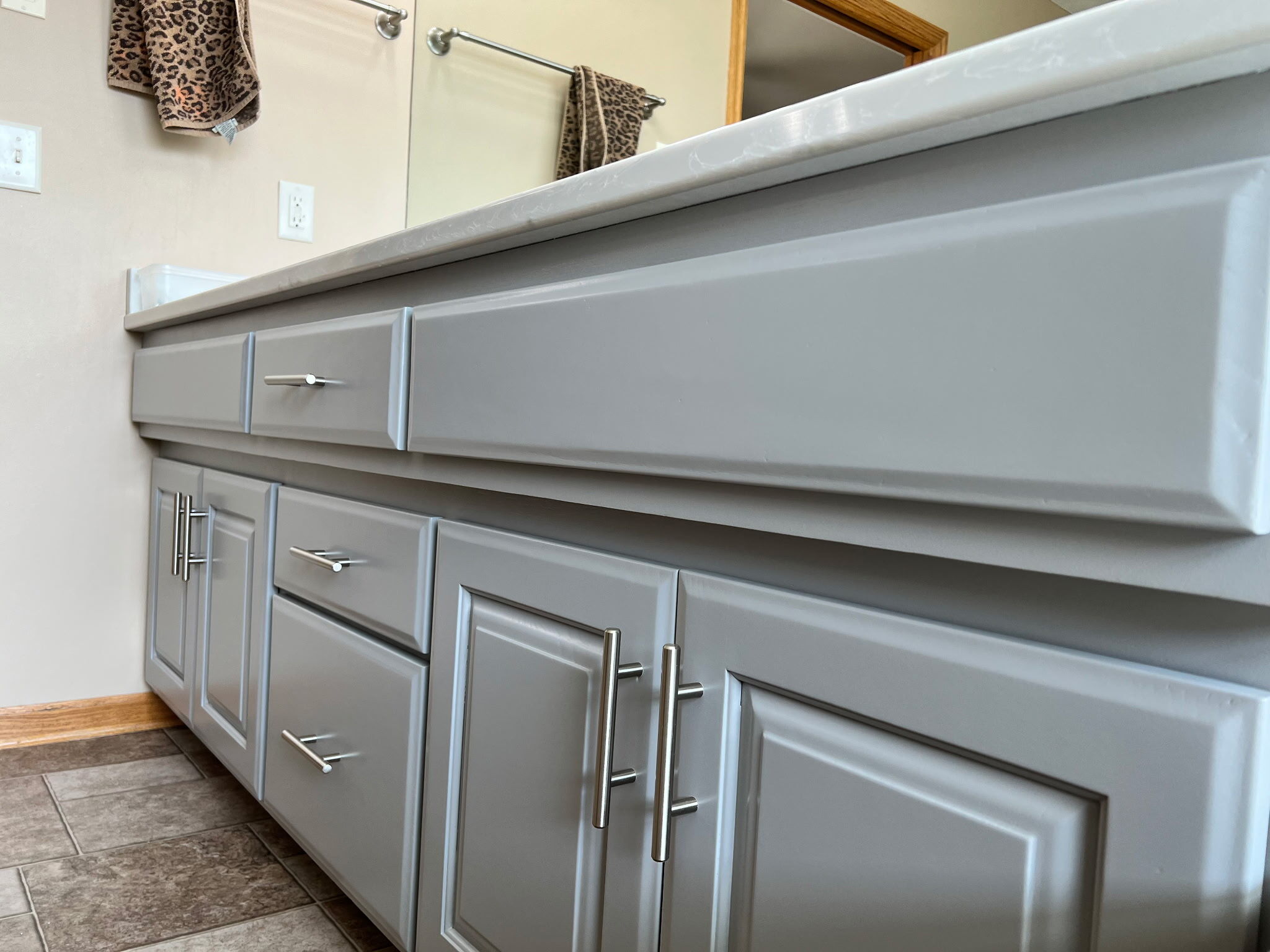
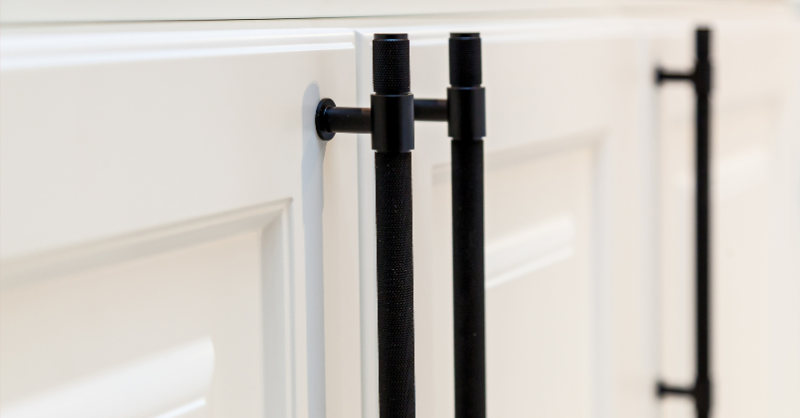
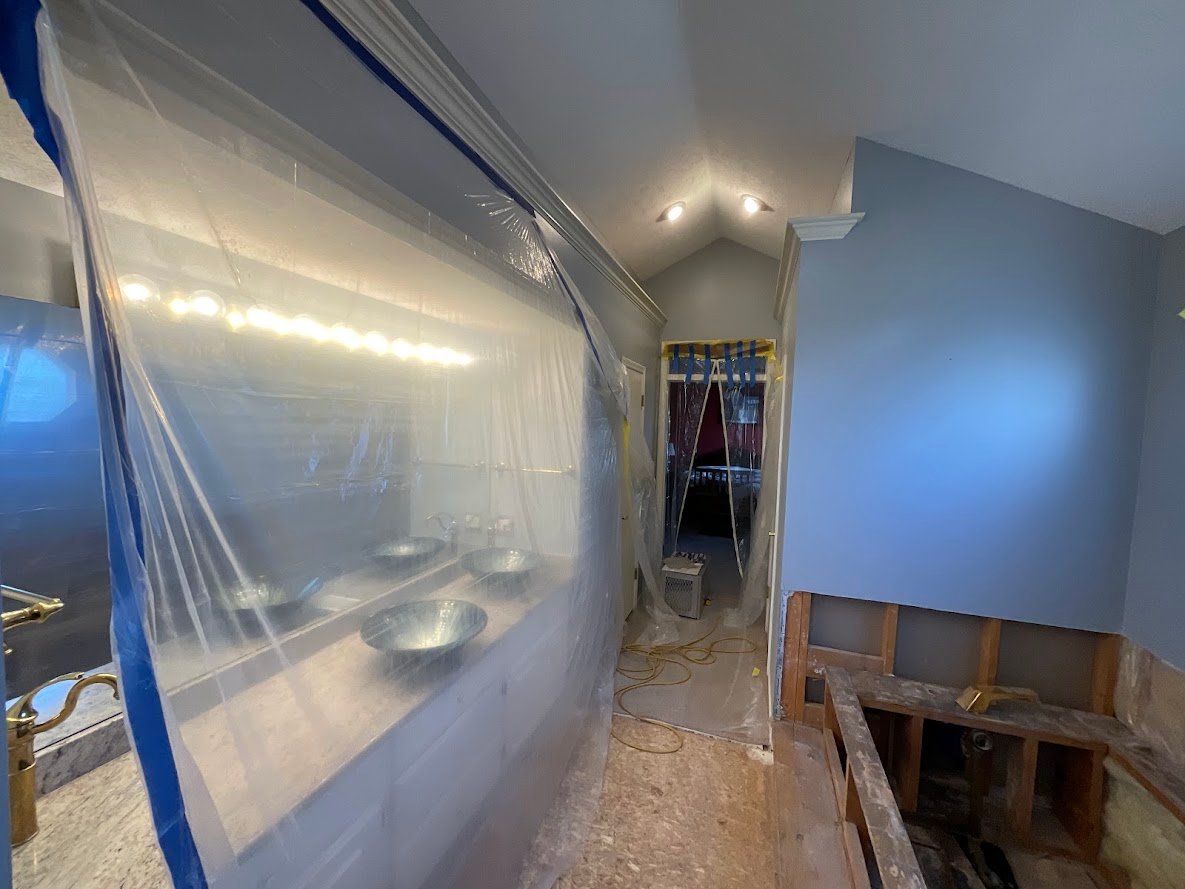
-Apr-28-2025-01-42-42-0336-PM.png?width=800&height=418&name=Blog%20Post%20Image%20Size%20(4)-Apr-28-2025-01-42-42-0336-PM.png)
